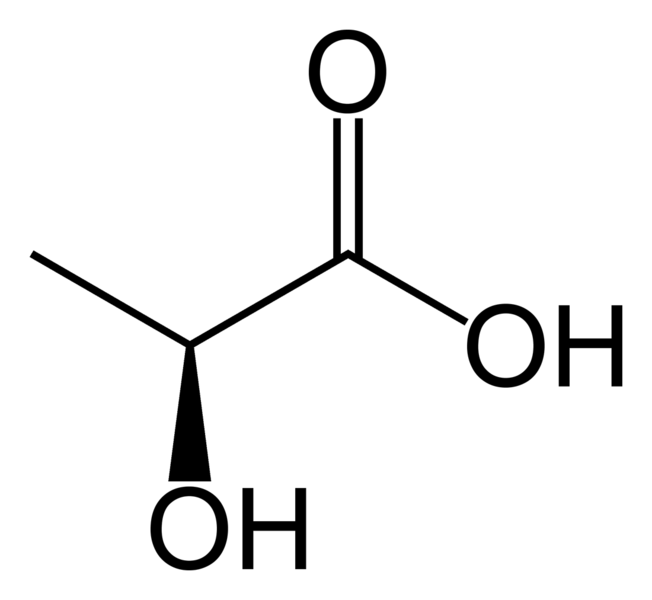In many industrial cleaning systems—especially those involving Clean-in-Place (CIP) processes—chemical additives such as caustic soda (NaOH) and lactic acid are widely used for sanitation, scale control, and residue removal. However, when these chemicals are introduced into systems utilising Sidon Integro™ Technology, there may be unintended effects on performance.
In this article, we’ll explore what these chemicals are intended to do, how they can interact with the Integro™, and how to manage your CIP protocols to optimise results.
What Do Caustic and Lactic Chemicals Do?
Caustic Soda (NaOH)
Caustic soda is a strong alkali, commonly used in CIP systems for:
- Removing organic residues such as fats, oils, and proteins
- Neutralising acidic compounds
- Elevating pH to enhance cleaning efficiency
At higher pH levels, caustic can temporarily solubilise certain mineral deposits, making it easier to flush them from the system.
Lactic Acid
Lactic acid is a mild organic acid, often employed to:
- Remove mineral scale such as calcium carbonate
- Lower pH after a caustic wash
- Provide antimicrobial action
Its acidic nature helps dissolve carbonate-based deposits and contributes to the overall hygiene process.
How the Integro™ Works
Sidon Integro™ Technology prevents and reverses scale formation by injecting electrons into the water. These electrons:
- Reduce calcium (Ca²⁺) and magnesium (Mg²⁺) ions to their neutral metallic forms (Ca⁰ and Mg⁰), preventing them from forming scale
- Inhibit the breakdown of bicarbonate (HCO₃⁻) into carbonate (CO₃²⁻), which would otherwise combine with calcium to create limescale
- Charge colloidal particles like silica and alumina, keeping them in suspension and stopping them from contributing to dense, hard scale
This electrochemical process effectively removes the scale-forming potential from the water.
The Problem with Caustic
Although caustic soda is an essential part of many cleaning regimes, its use can interfere with the chemical mechanisms of the Integro™ in a few important ways:
1. High pH Encourages Carbonate Formation
At elevated pH (above 8.4), bicarbonate ions (HCO₃⁻) begin to dissociate into carbonate ions (CO₃²⁻):
2HCO₃⁻ → CO₃²⁻ + H₂O + CO₂
The Integro™ is designed to inhibit this reaction. However, when caustic is added, the high pH overcomes this inhibition, increasing carbonate availability and consequently:
Ca²⁺ + CO₃²⁻ → CaCO₃ (limescale)
2. Electron Supply May Be Overwhelmed
The Integro™ introduces a finite number of electrons into the system. If the number of reactive ions spikes due to high pH or elevated ion content—it may exceed the electron supply, and not all Ca²⁺ or Mg²⁺ ions will be neutralised. Those remaining free ions can then bind with carbonate or sulphate and form scale.
3. Formation of Calcium Hydroxide
In strongly alkaline environments, calcium hydroxide (Ca(OH)₂) may form from the reaction between Ca²⁺ and OH⁻. Although Ca(OH)₂ is more soluble than calcium carbonate, it can still precipitate under high concentrations or elevated temperatures, particularly in hot water systems and boilers.
How Lactic Acid Supports the Integro™
In contrast to caustic, lactic acid generally enhances the Integro™’s performance:
- It lowers the pH, reducing the breakdown of bicarbonate into carbonate
- It helps dissolve existing mineral deposits, particularly calcium carbonate
- It contributes to a more stable environment where the Integro™ can maintain ion reduction and colloid suspension
The key is moderation—overly aggressive acid dosing could disrupt certain suspended particles, but in practical use, lactic acid tends to work in synergy with the Integro™.
Best Practices for Using Chemicals with the Integro™
1. Control Caustic Concentration
Use the lowest effective concentration of caustic soda in your CIP processes to avoid excessive pH spikes that promote carbonate formation. Target a pH level that is strong enough for cleaning but does not exceed 9.0 unless absolutely necessary.
2. Use pH Profiling
Implement pH monitoring throughout the CIP process to maintain a controlled cycle:
- Alkaline phase using caustic
- Rinse phase
- Acidic phase using lactic acid
- Final rinse before returning to Integro-treated circulation
This staged approach allows you to isolate the pH fluctuations from the Integro’s working environment.
3. Isolate Chemical Dosing from the Integro™ Flow
Where possible, dose caustic and acid chemicals upstream or downstream of the Integro™, rather than within its immediate flow path. Alternatively, hold the dosed water in a buffer tank and allow the pH to stabilise before reintroducing it into the main loop.
4. Monitor System Performance
Install pH and conductivity sensors to track chemical balance and ionic load. Monitoring these indicators in real time can help you adjust chemical usage before it begins to impact Integro™ performance.
5. Use Post-Treatment Stabilisation
Following aggressive CIP cycles, consider running a post-treatment flush with Integro-treated water. This helps re-establish the right electrochemical balance and eliminate any new scale nuclei that may have formed.
Final Thoughts
The Sidon Integro™ is a powerful technology for preventing and removing scale, but its performance depends on the water chemistry it interacts with. Caustic soda can undermine its effectiveness if not carefully managed, while lactic acid typically complements its scale-inhibiting action.
The solution isn’t to eliminate these chemicals—they are valuable tools. Instead, it’s about using them with awareness and precision. When you balance chemical cleaning with the Integro’s capabilities, you unlock the best of both worlds: effective cleaning and long-term scale control.


